As a Christian, I know I’m supposed to share the Good News, but I feel awkward. A proven way to share the Good News: how to do it without the cringe.
I don’t want to be that guy. One of those “do ya know the Lord?” types come up to you from out of nowhere and start spouting off verses without asking my name.
I don’t want to be like that, but I know I’m supposed to share the Gospel with others.
I’ve done it before without feeling awkward, but I never knew there was a process to the whole thing. A process that Jesus and the disciples used made sharing the Good News to a perfect stranger (or friend) somewhat less…cringy.
The process is called C.P.R., and it stands for “Create a conversation,” “Present the Law,” and “Reveal the Good News.” Let’s examine three instances in scripture where we see this process implemented in 3 scenarios — talking to a person, relating to an event, and about common ground. First, let’s unpack the C.P.R. method.
C.P.R., a lifesaving process
Simply put, this process was used by Jesus and the 1st-century church that brought many to the saving grace of Jesus Christ. The process is as follows:
C = “Create a conversation”
In this step, you can begin a topic of conversation or respond to what a person is talking about. In this step, you turn the conversation, which is usually centered around the world of the physical, and turn it into a spiritual discussion. The most crucial thing in this step is to listen. Don’t ignore what a person is talking about so you can speak. Don’t just listen to the person/group, but listen to the Holy Spirit as He will guide your efforts. Wait for your opportunity to create a “pivot point” in the discussion from the physical to the spiritual.
P = “Present the Law.”
When the conversation is centered around the spiritual, it is at this time you create a “pivot point” into the law. You don’t have to know every point of it, as you can center around the ten commandments. “Well, do you consider yourself a good person?” is an example that can be used. “Have you ever thought about a man/woman with lust” then point to not only the Law (Exodus 20:14) but what Jesus said about adultery (Matthew 5:27-30). In some way, shape or form, present the law and guide – through questions – them to the understanding that all of us have broken God’s Law and that stumbling (breaking) at one means that you’ve broken them all (James 2:10).
R = Reveal the Good News.
This is where the tension that might exist within the conversation is released by presenting the Good News of the Salvation of Jesus Christ. Jesus died on the cross, accepting our rightful punishment for being a law-breaker. We have eternal life through Him and only Him through reconciliation to the Father through His only begotten Son. This is the most critical pivot point in the spiritual conversation – the solution to our sin.
Never point out a person’s sin, but lead them to understand how we are all in need of a Savior. The person/group must understand and acknowledge their “criminal behavior” if they are to come to a complete understanding of the Good News.
Examples of the C.P.R. method in Scripture
Let’s take a look at three instances where this process is used.
Jesus uses the C.P.R. method on an individual (John 4:7-26).
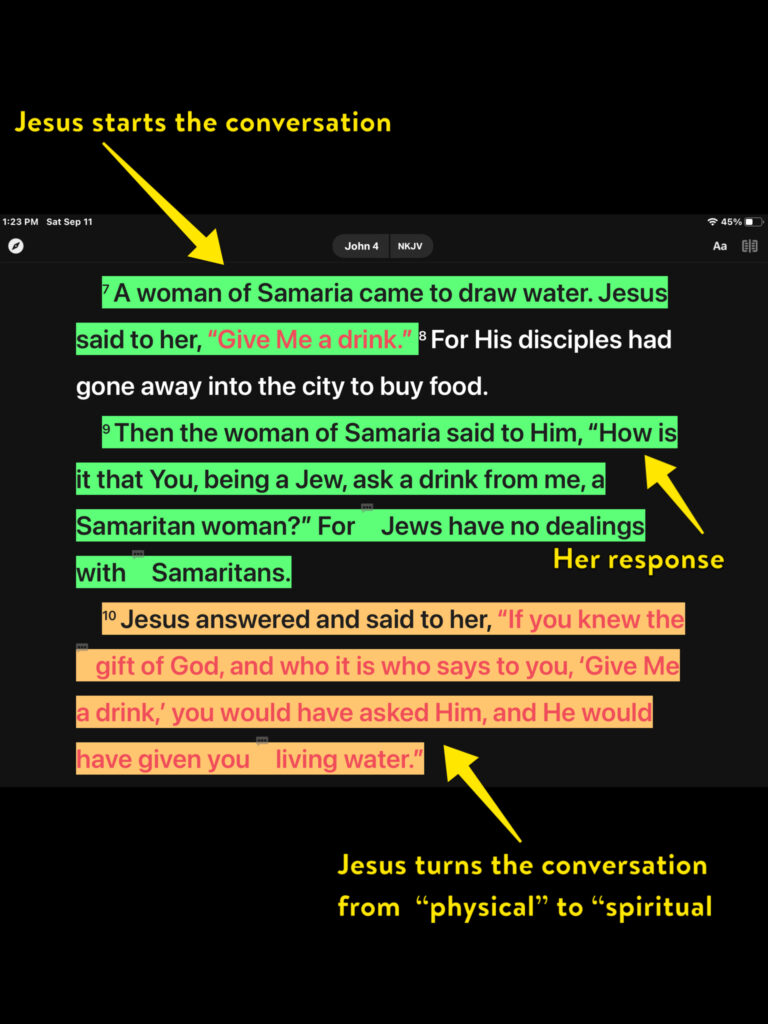
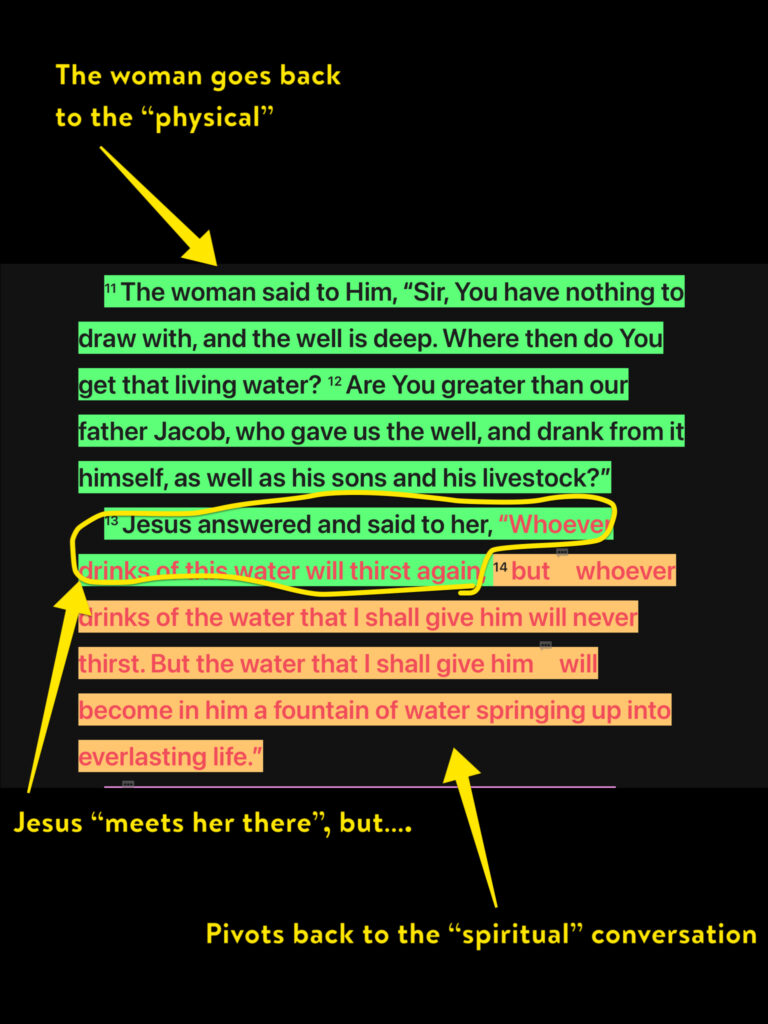
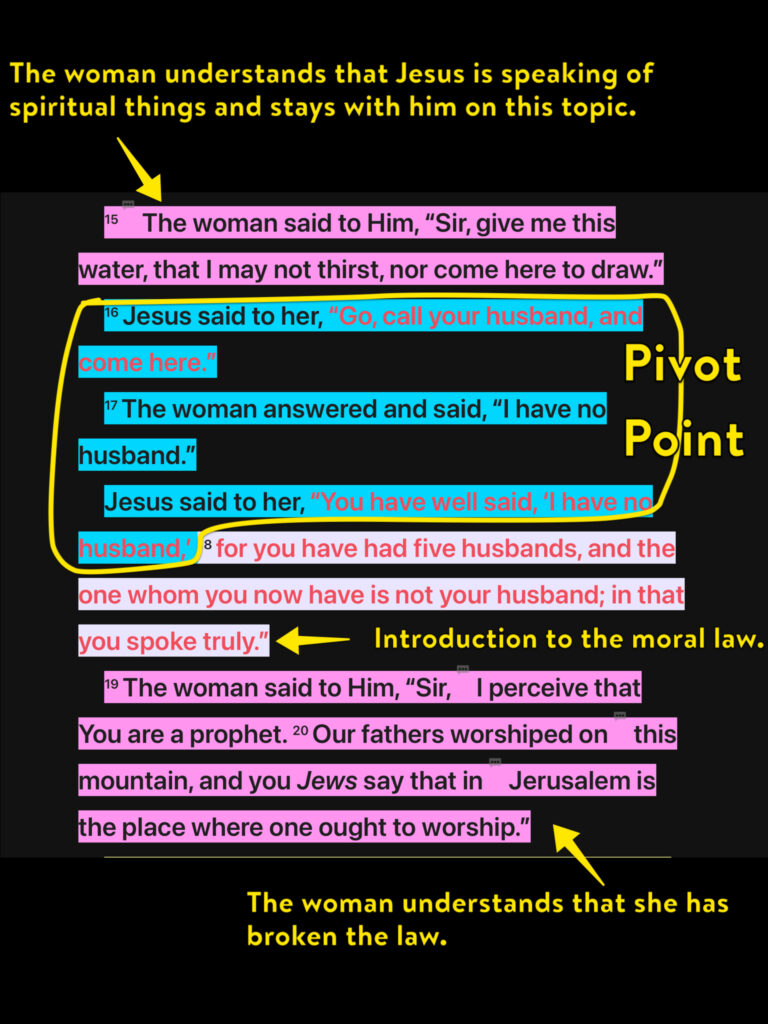
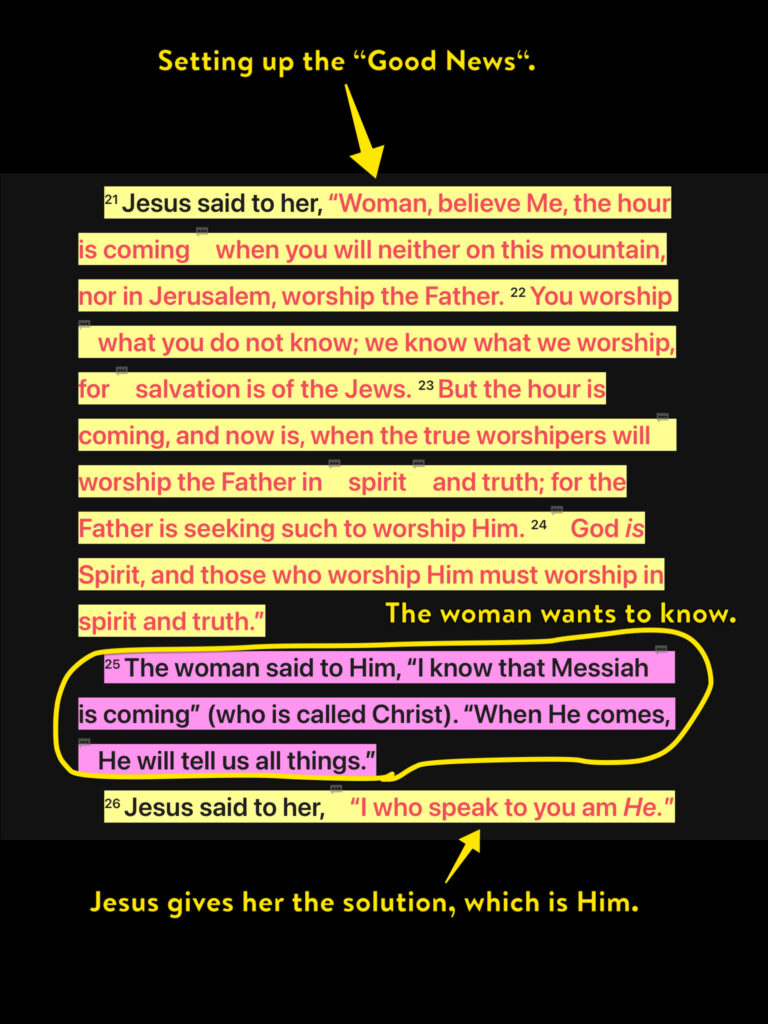
When speaking to an individual, the person may want to stray back to the “physical” aspects of the conversation. In the above example, Jesus gently brings her back to the “spiritual” side. This is common, and we – as Christians – must be patient, always listening to the Holy Spirit.
Paul used the C.P.R. method with the Greeks (Acts 17:22-32).
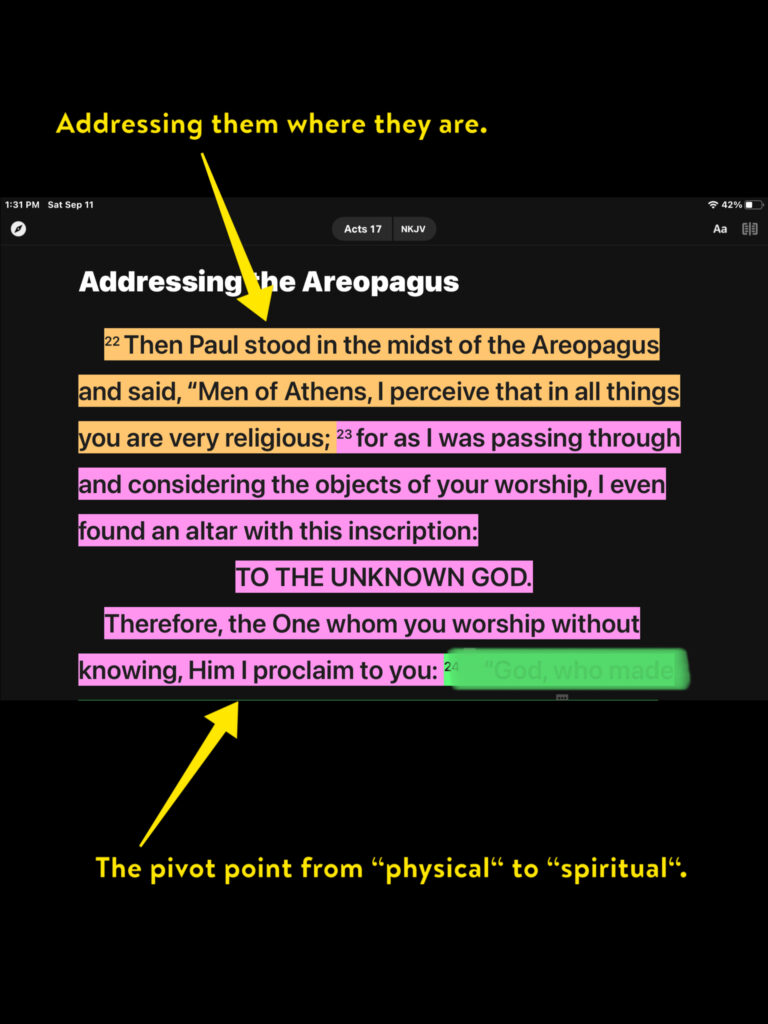
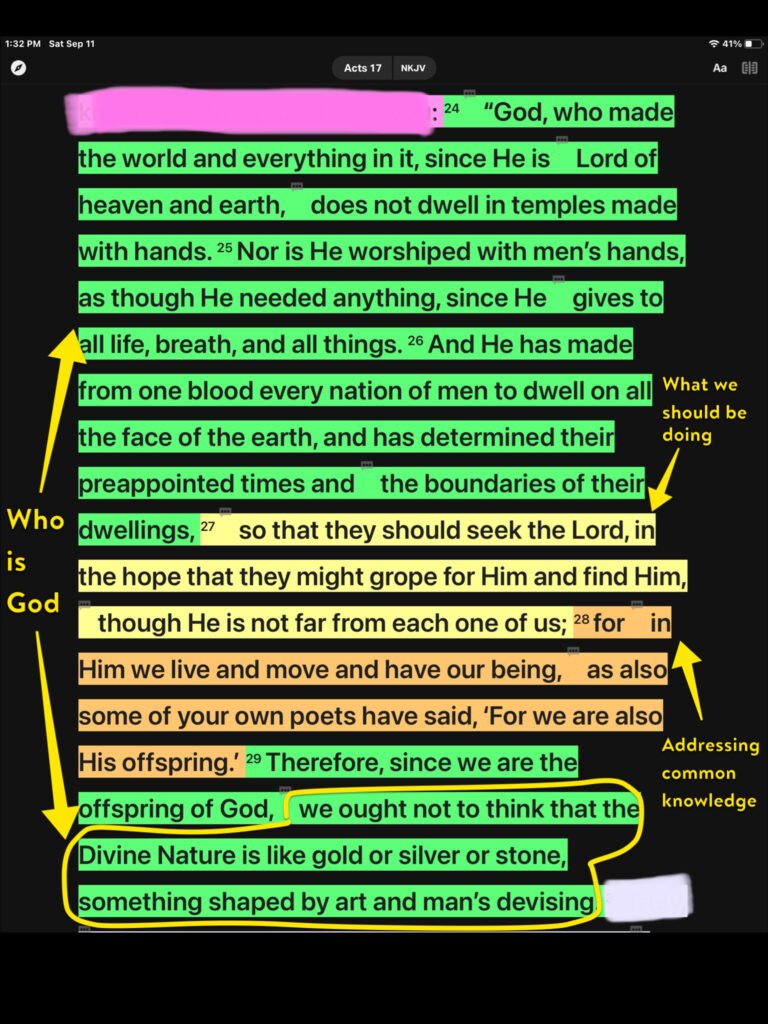
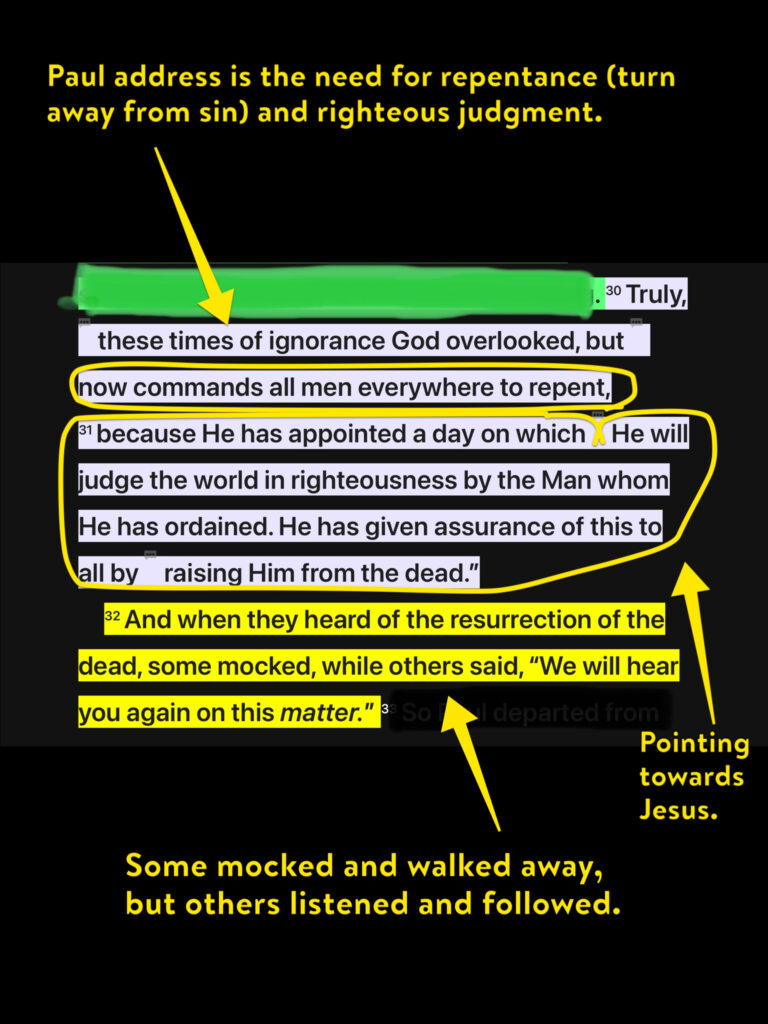
In this instance of the C.P.R., Paul used a familiar, known statue and stemmed his conversation from there. He (Paul) went from a “physical” talk to a “spiritual” one.
Within a group setting, you will see some blowback (mocking, jeering, etc.). When addressing a group, you may find a few that follow while others walk away, as the last verse in the above example shows.
The C.P.R. method is utilized during or after “an event” (Acts 3:2-26).
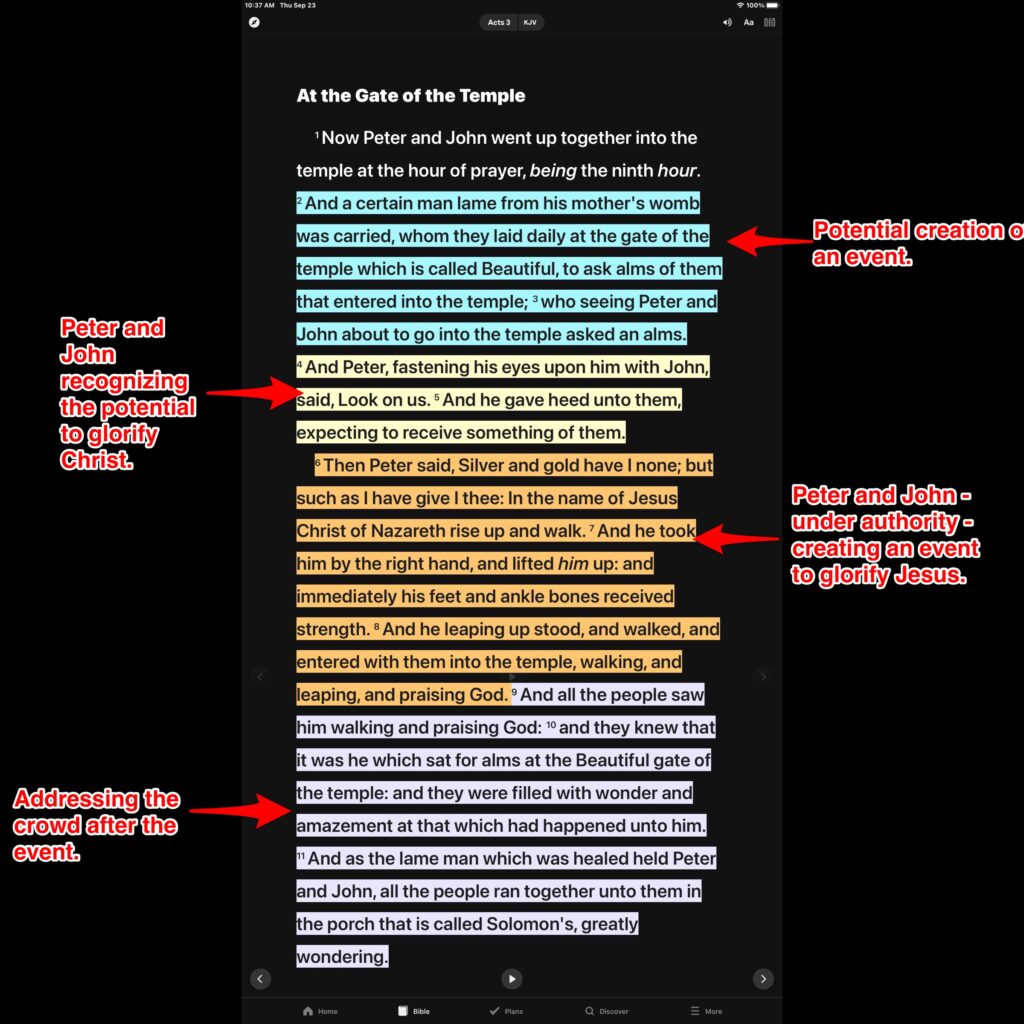
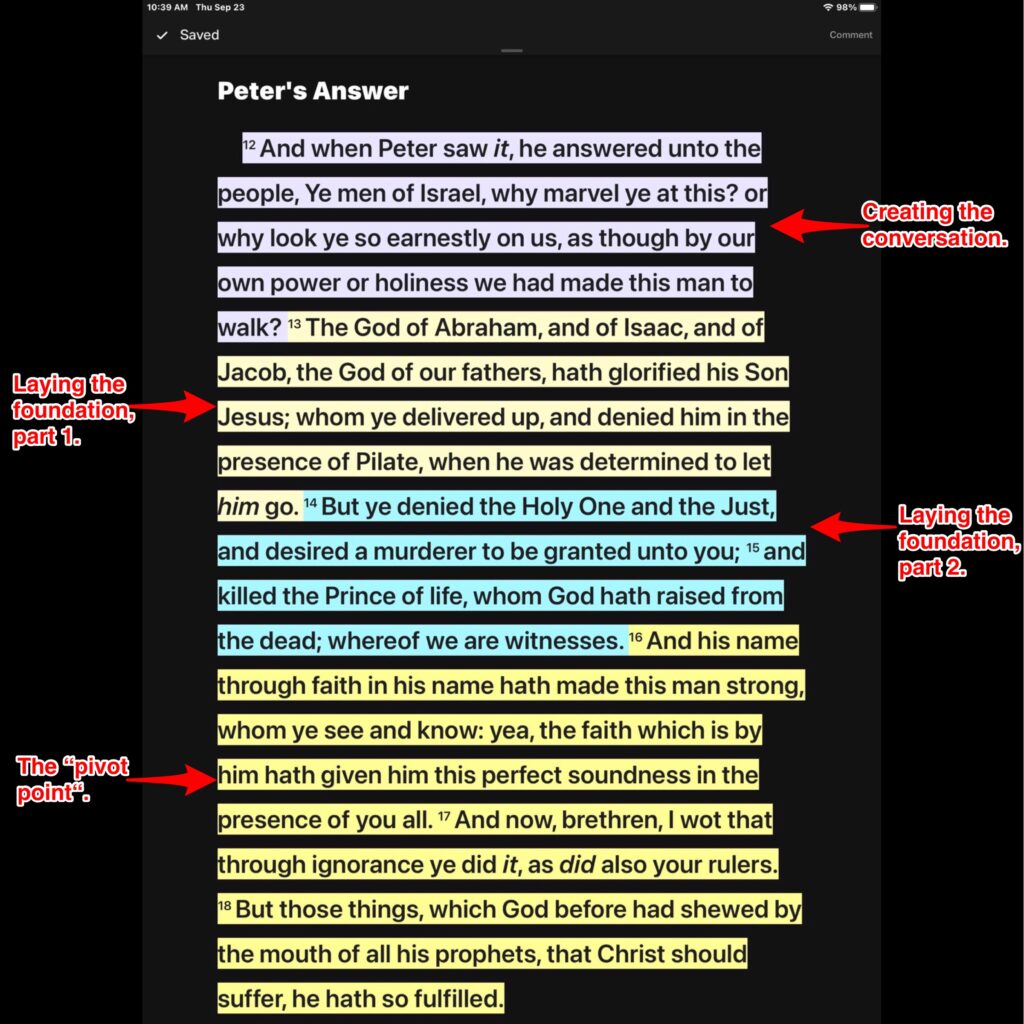
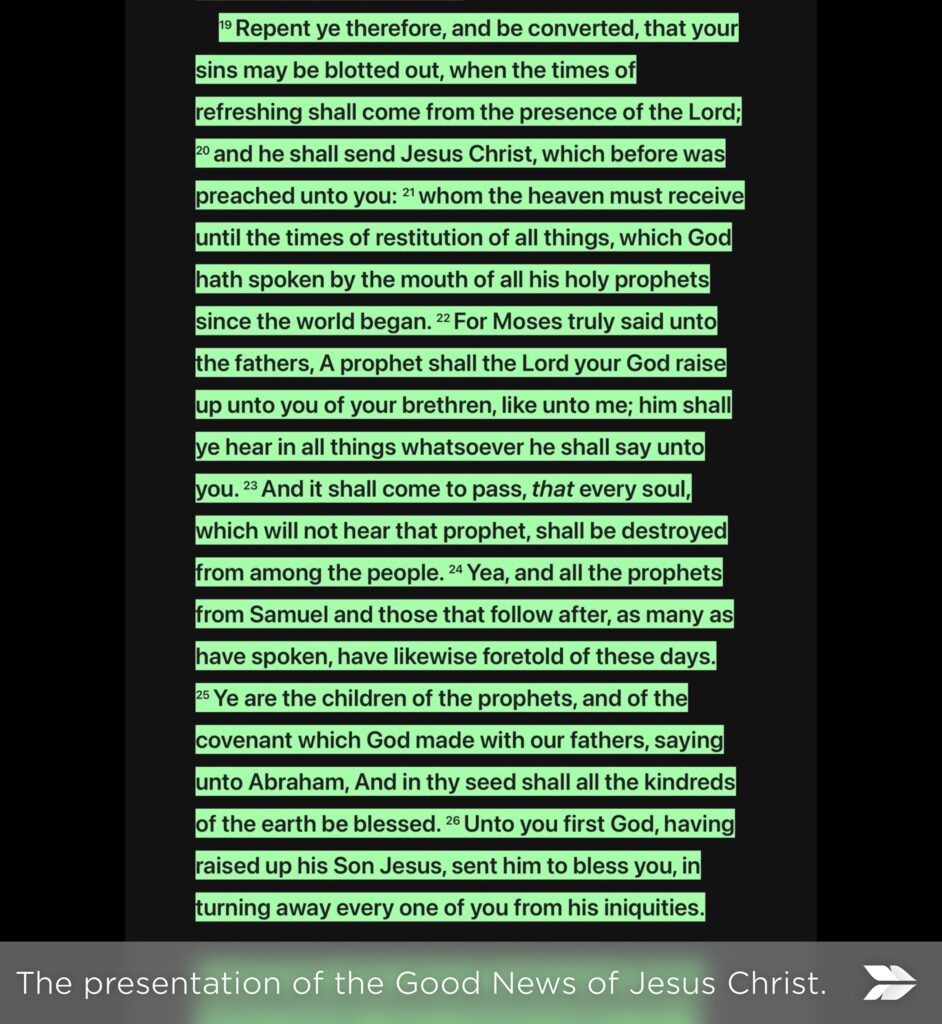
Events are EXCELLENT opportunities to present the Gospel. In the example above, Peter and John — through the authority and power of God/Holy Spirit — created an event by healing a man that had been crippled for years. God gave all Christians the ability to heal and cast out demons (Mark 16:17-18), provided so that we can talk about God, Jesus, and The Kingdom.
Events around us give Christians a “foot in the door” opportunity to talk about the Good News. With all that is happening in the world, there are plenty of conversation starters, as well as answering the growing questions that people have who wish to make sense of what’s happening around them.
How many times should I try to talk about Jesus before I stop?
This question is just as important as understanding the C.P.R. method, and Titus gives us the answer, as well as things to avoid:
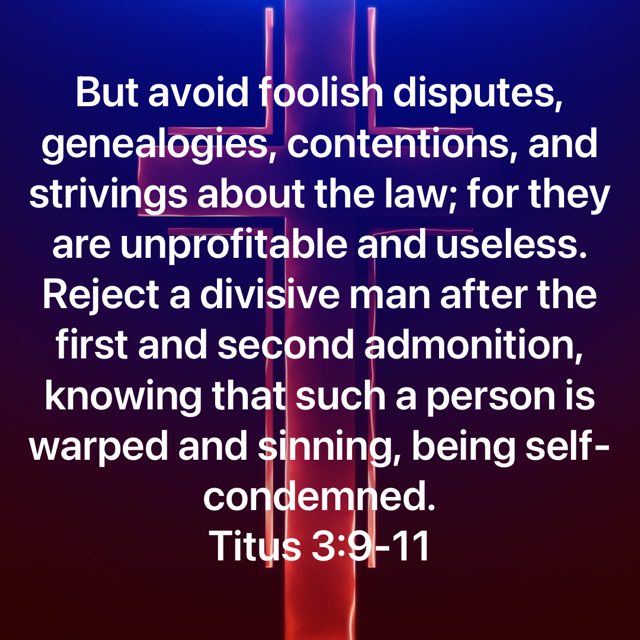
Two times is what we should give to a person. Isn’t that easy? This is not to say that you shouldn’t be open to the same person who disregarded the Gospel earlier, but this speaks to how many times in an instant. If the person/group doesn’t want to hear about it or rejects the Good News, then carry on and leave it up to them to come back to you at a later date. Your conversation may lead them to ask another Christian down the road.
Also, recognize these four things listed above:
- foolish disputes (silly arguments)
- genealogies
- contentions (heated disagreements)
- strivings about the law (or theological discussions beyond questions)
Don’t be an apologist (a person who offers an argument in defense of something controversial.) when delivering the Gospel. Yes, we are to have an answer for the hope that lies within (1 Peter 3:15), but this pertains to the hope of the Gospel, not to defend it. Always be ready with an answer (2 Timothy 4), but this pertains to questions, not debate. I’ve seen too many Christians get into arguments when presenting the Gospel, and there is no need for it, so avoid them and remember the Titus passage above.
Go where no man has gone before
If the Gospel has been preached in one spot, believers will find another place where it hasn’t been preached. Pretty simple.
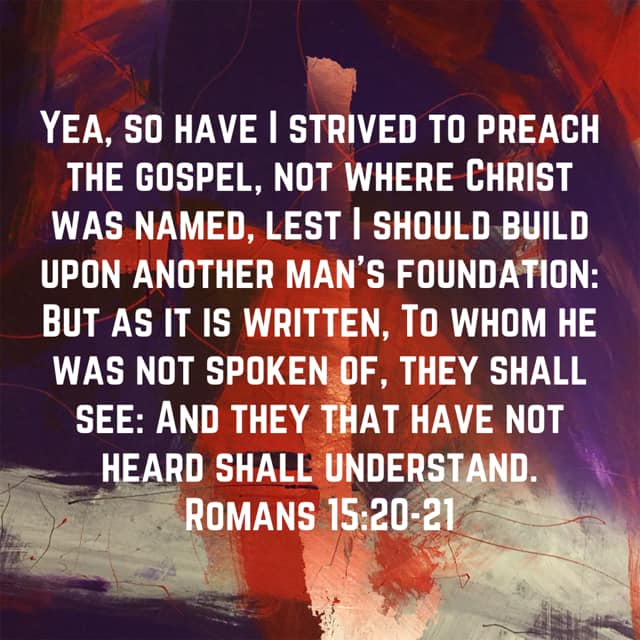
Final thoughts
You don’t have to be a theologian nor have all the answers; have an understanding as to why we need a Savior. “Romans Road” is an excellent blueprint to follow, as it gives you the reasons why all of us need Jesus. Romans road is as follows:
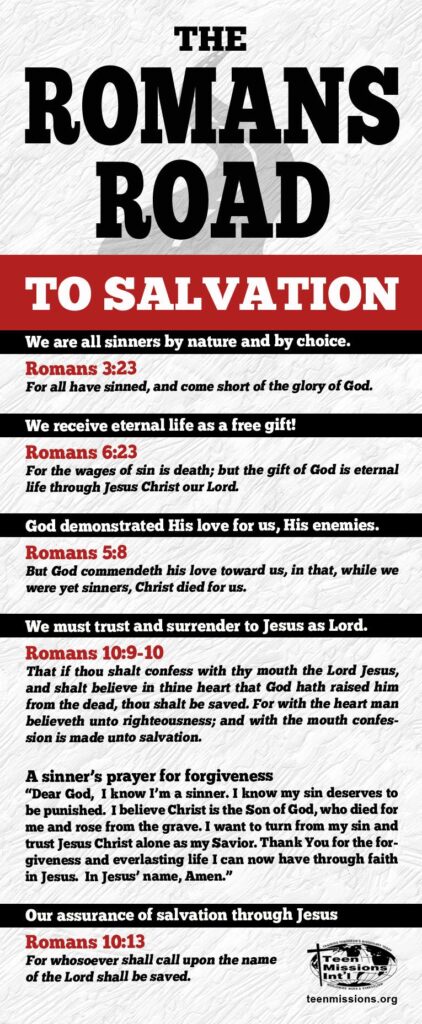
Conversations can occur at any time. Start with people that you’re acquainted with, for starters. You don’t have to build a relationship for days to have a conversation. Don’t be afraid, for the Holy Spirit will give you the boldness to speak the Good News to a lost and dying world.






